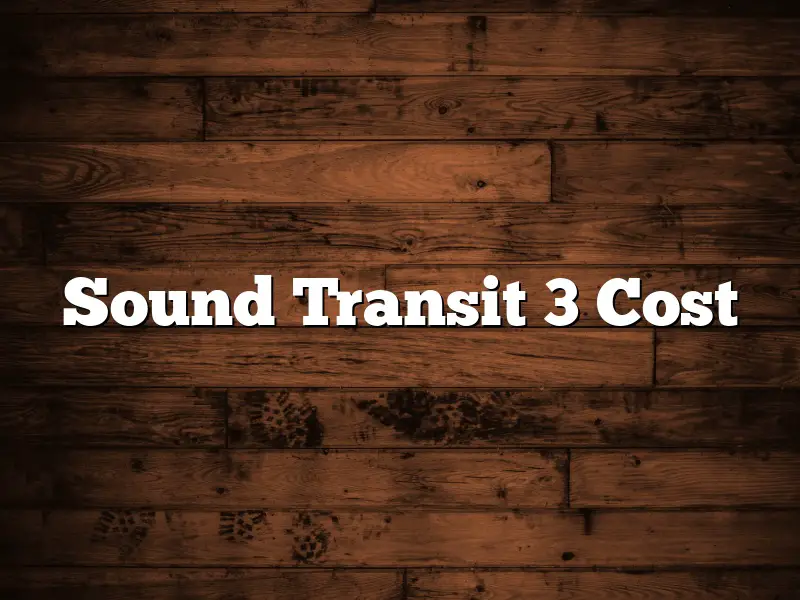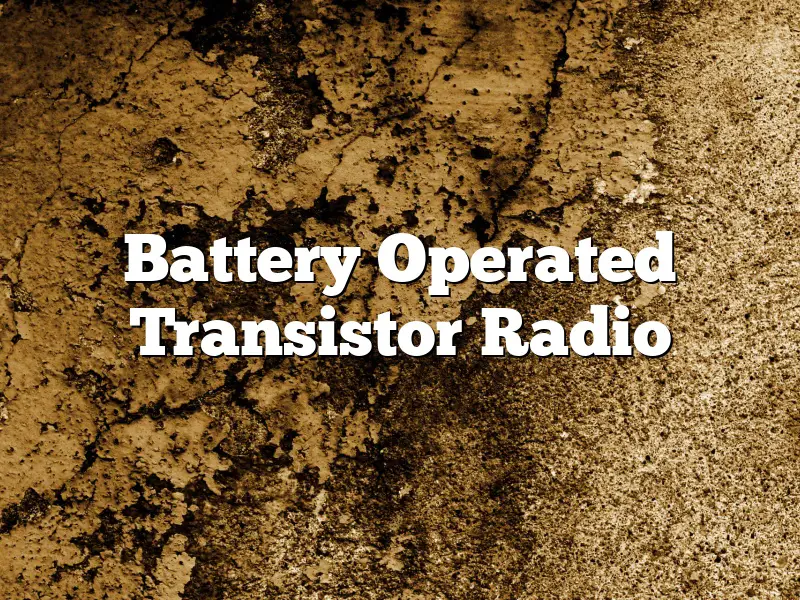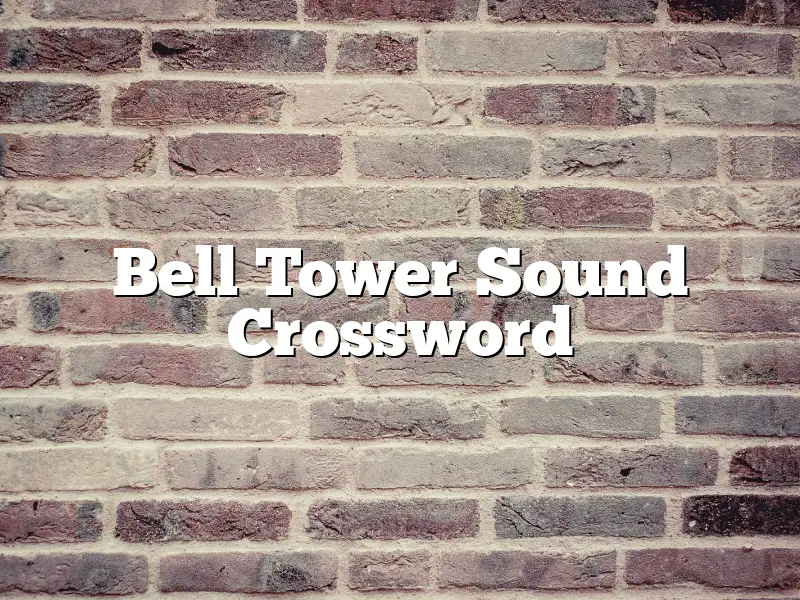Sound Transit 3 (ST3) is a proposed regional mass transit system in the Puget Sound region of Washington State, United States. The system would expand mass transit by adding light rail, commuter rail, and bus rapid transit services to the region.
On November 8, 2016, voters in King, Pierce, and Snohomish counties approved ST3, a $54 billion regional mass transit expansion plan. The expansion will add 62 miles of light rail and 18 miles of commuter rail to the region, as well as bus rapid transit service.
The first phase of ST3 is scheduled to open in 2023. It will include light rail service from Seattle to Issaquah, and commuter rail service from Tacoma to Everett.
The total cost of ST3 is estimated at $54 billion. The majority of the cost (83%) will be funded by local taxpayers, while the remaining 17% will be funded by the federal government.
Critics of ST3 argue that the cost is too high, and that the money could be better spent on other transportation projects. Supporters of ST3 argue that the expansion is necessary to meet the region’s growing transportation needs.
What is the cost of Sound Transit 3?
The total cost of Sound Transit 3 is estimated at $54 billion. The majority of the cost (83%) will be funded by local taxpayers, while the remaining 17% will be funded by the federal government.
When will the first phase of ST3 be completed?
The first phase of ST3 is scheduled to open in 2023. It will include light rail service from Seattle to Issaquah, and commuter rail service from Tacoma to Everett.
How will the cost of ST3 be funded?
The majority of the cost of ST3 (83%) will be funded by local taxpayers, while the remaining 17% will be funded by the federal government.
Contents
- 1 How much did the light rail cost in Seattle?
- 2 How fast does Sound Transit go?
- 3 Who owns Sound Transit?
- 4 How many employees does Sound Transit have?
- 5 Why building rail transit in US Seattle costs so much and takes so long?
- 6 What is the difference between light rail and heavy rail?
- 7 Do Sounder trains have bathrooms?
How much did the light rail cost in Seattle?
The light rail in Seattle cost $2.8 billion to construct. The initial cost was funded through a mix of federal, state, and local money. The project generated about 24,000 jobs during construction. The light rail began operation in 2009 and has since carried more than 100 million passengers. The line has had a significant positive impact on the local economy, generating an estimated $3.2 billion in economic benefits.
How fast does Sound Transit go?
Sound Transit is known for its high-speed rail service, which transports passengers between Seattle and various other destinations in Washington State. How fast does Sound Transit go, exactly? Let’s take a closer look.
Sound Transit trains can reach speeds of up to 200 miles per hour (mph). However, the average speed is around 80 mph. This is still much faster than driving; in fact, it’s about twice as fast.
There are a few different types of Sound Transit trains. The Sounder commuter trains reach speeds of up to 79 mph, while the Link light rail trains can reach speeds of up to 55 mph.
Sound Transit is constantly expanding its rail service, so be sure to check the website for the latest information. Thanks for reading!
Who owns Sound Transit?
Sound Transit is a regional transit system serving the Seattle metropolitan area in Washington state. The agency is governed by a board of elected officials from the Seattle area, and operates bus, light rail, and commuter rail services.
The agency’s origins can be traced back to the 1960s, when a group of Seattle-area residents formed the Seattle Transit Planning Group to lobby for better public transportation. The group was eventually merged with several other regional transportation planning organizations to form the Sound Transit organization in 1994.
Sound Transit began operations in 1999, with a light rail line connecting downtown Seattle with the Seattle-Tacoma International Airport. The agency has since expanded its light rail network to include additional lines in the Seattle and Tacoma areas.
Sound Transit is funded by a variety of sources, including fares, sales tax, and federal grants. The agency is overseen by a board of elected officials from the Seattle metropolitan area, and operates bus, light rail, and commuter rail services.
How many employees does Sound Transit have?
Sound Transit is a regional transportation agency serving the Seattle area. It employs more than 2,600 people.
Why building rail transit in US Seattle costs so much and takes so long?
It’s no secret that building rail transit in the United States often comes with a hefty price tag and takes a long time to complete. But what’s behind these high costs and lengthy timelines?
There are a number of factors that can contribute to the high cost and slow construction of rail transit in the United States. For one, the United States is a large country with a diverse landscape, which can make it difficult to find a suitable location for a rail line. Additionally, there are often complex approvals and permitting processes that need to be completed before construction can begin.
Another factor that contributes to the high cost and slow construction of rail transit is the fact that the United States has a largely private rail system. Most of the tracks and infrastructure are owned and operated by private companies, which can lead to higher costs and longer construction times.
Finally, the United States has a history of subsidizing car travel, which has led to a lack of investment in public transportation. This has resulted in a lack of funding for rail projects, which can add to the cost and slow down the construction process.
While there are a number of factors that contribute to the high cost and slow construction of rail transit in the United States, there are also a number of solutions that can help address these issues. For example, the United States could invest more in public transportation, which would help to reduce the cost of rail projects. Additionally, the government could work with private companies to improve the efficiency of the rail system and reduce the amount of time it takes to build a rail line.
What is the difference between light rail and heavy rail?
There is a lot of confusion about the difference between light rail and heavy rail transit. The terms are often used interchangeably, but there are some important distinctions between the two types of systems.
Light rail systems are smaller and typically have a lower capacity than heavy rail systems. They are also usually less expensive to build and operate. Light rail systems are typically used in urban areas, while heavy rail systems are more commonly used in suburban and rural areas.
Light rail systems use smaller vehicles that run on tracks that are typically embedded in the street. Heavy rail systems use larger vehicles that run on tracks that are often elevated or in a dedicated right-of-way.
Light rail systems are typically powered by electricity, while heavy rail systems are usually powered by diesel or electric locomotives.
Light rail systems typically have a top speed of around 50 mph, while heavy rail systems can have a top speed of up to 150 mph.
Light rail systems are typically used for shorter distances and lower-capacity trips, while heavy rail systems are better suited for longer distances and higher-capacity trips.
Do Sounder trains have bathrooms?
Do Sounder trains have bathrooms?
Sounder commuter trains do not have bathrooms on board, but there are restrooms available at the stations.





